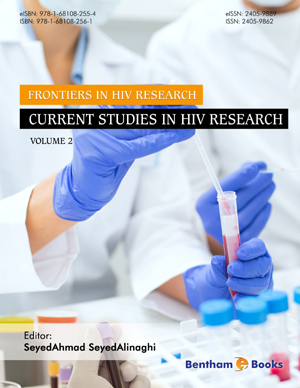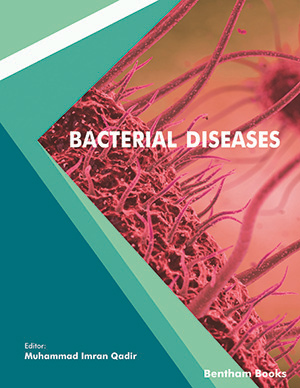Abstract
Human beings and the microbial world have co-existed and maintained a symbiotic balance; providing a protective and stabilizing effect on the body as resident microbes. Pathogenic bacteria invade and grow in human tissues causing diseases and damaging the body. They represent a major problem threatening the health of humans, sometimes leading to death. This stimulated the scientists to find new solutions to many diseases by clarifying the interactions of antibacterial compounds with the biological medium. The use of antibiotics protects the body from pathogenic microorganisms, however, there are also some side effects. Proper characterization and adequate understanding of the mode of action of antibiotics are, therefore, an indispensable necessity. Examining the mechanism of action of the various antibiotics illustrates how they are effective against pathogenic microorganisms with minimal selectively. The mechanism of action of antibiotics occurs in the cell wall or within the cell of pathogens where it may block the synthesis or break down the cell wall, block catabolic energy-supplying mechanisms or anabolic protein synthesizing processes. Hence, in this chapter, the classification of antibiotics, their mode of action, application and, how antibiotics are used as anti-infective agents will be discussed.
Keywords: Actinomycete, Antibiotics, Antibacterial drug, Anti-infective agents, Bacteriostatic, Inflammation, Nucleic acid synthesis, Protein synthesis, Ribosomes.






















